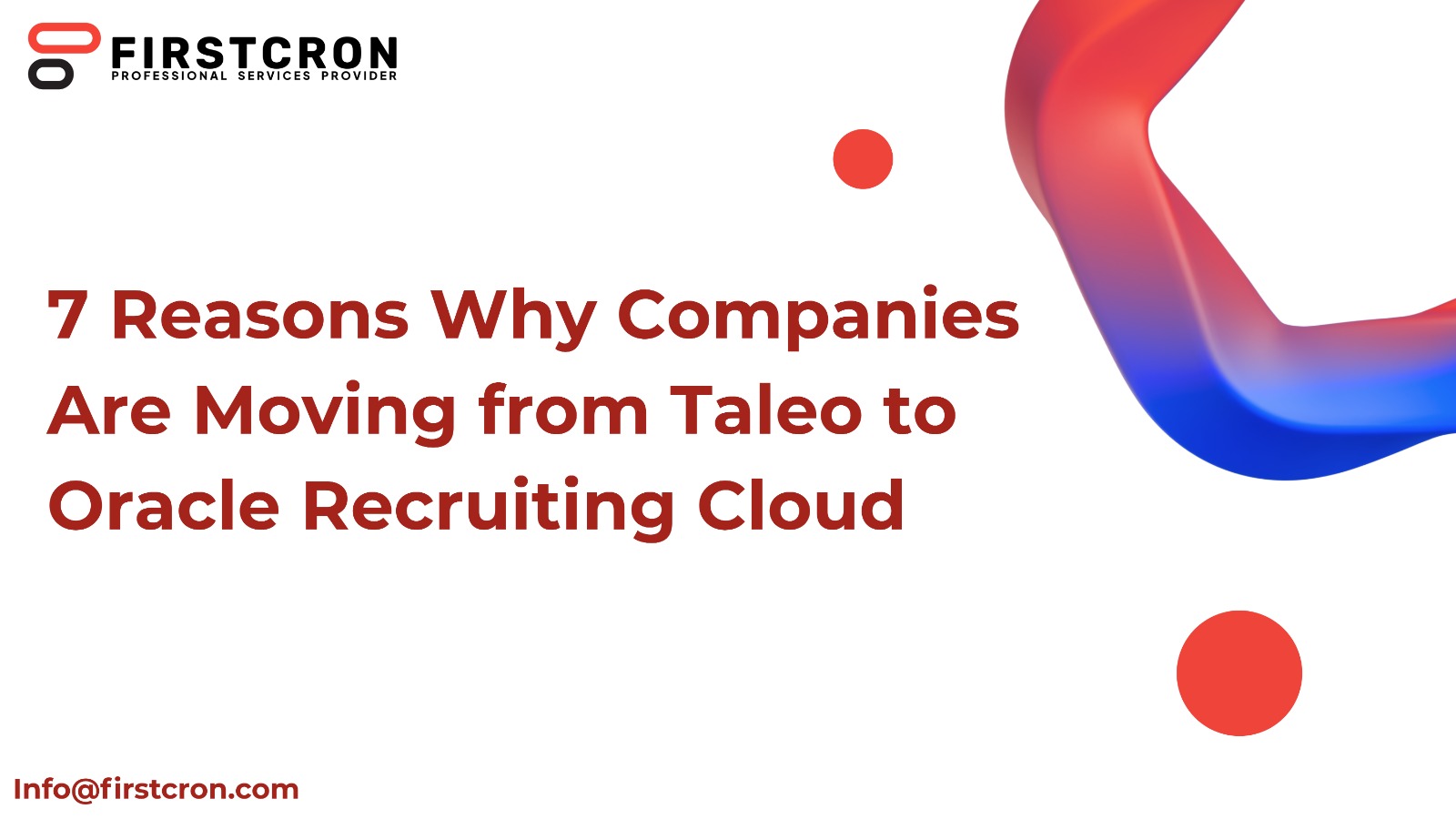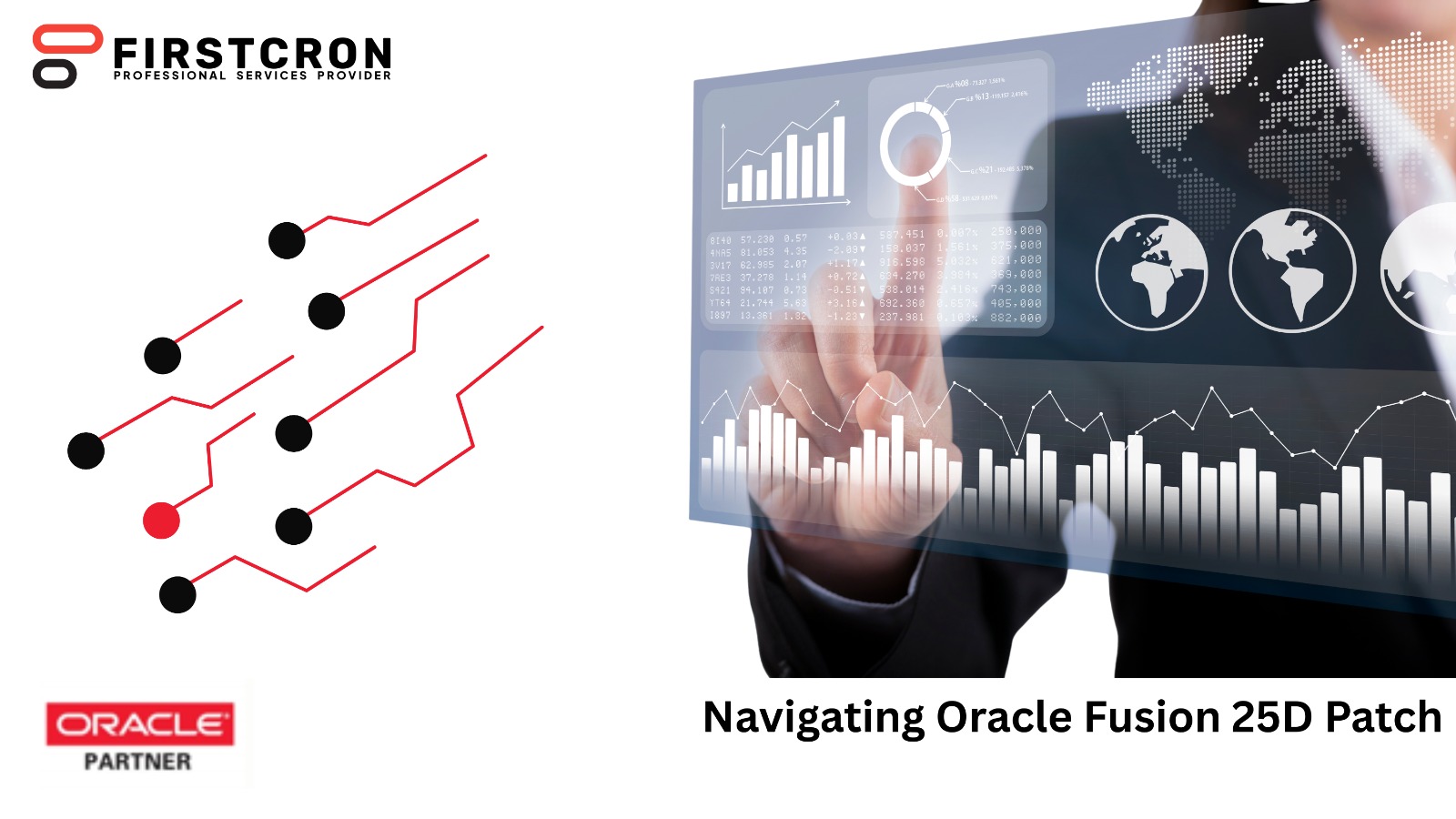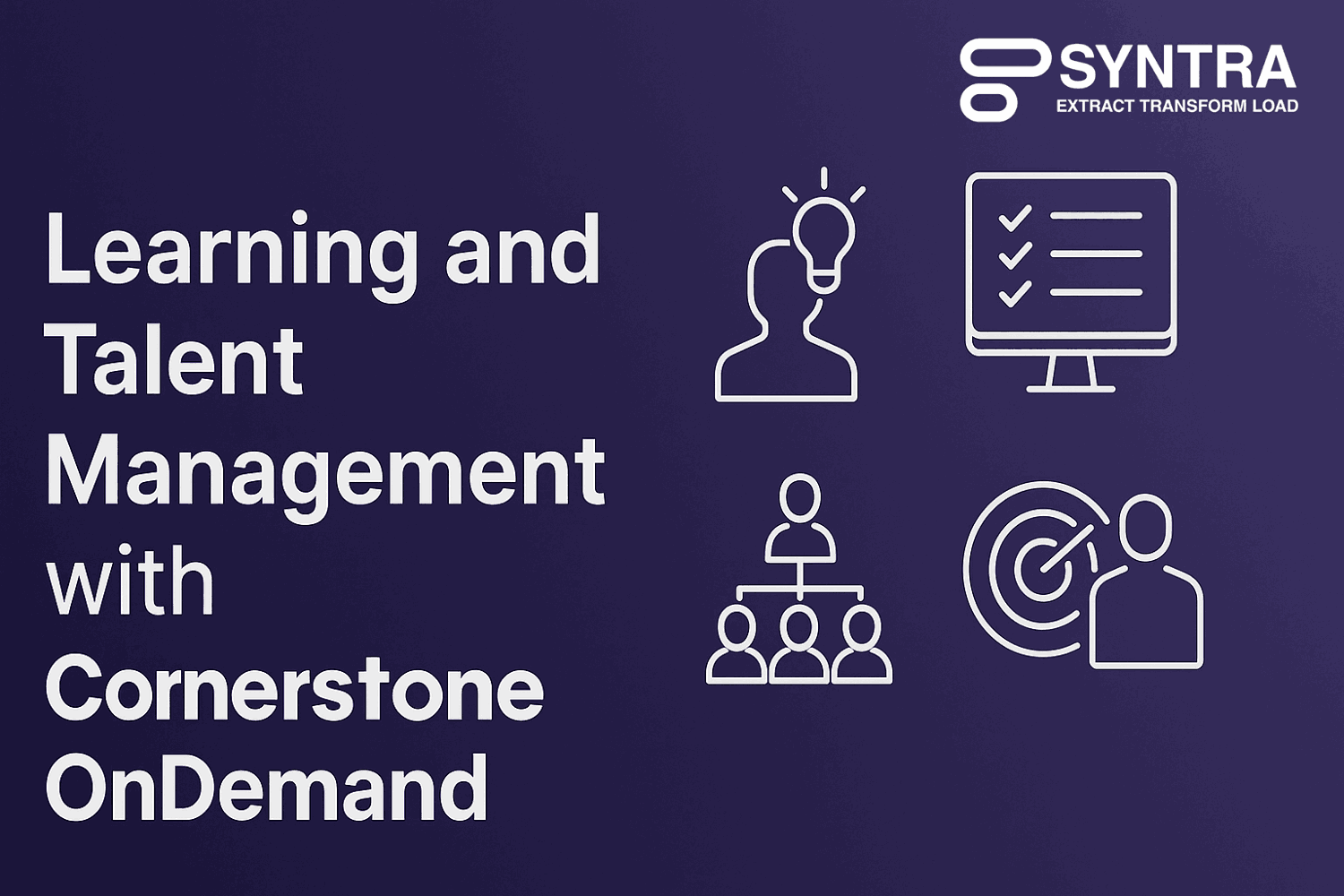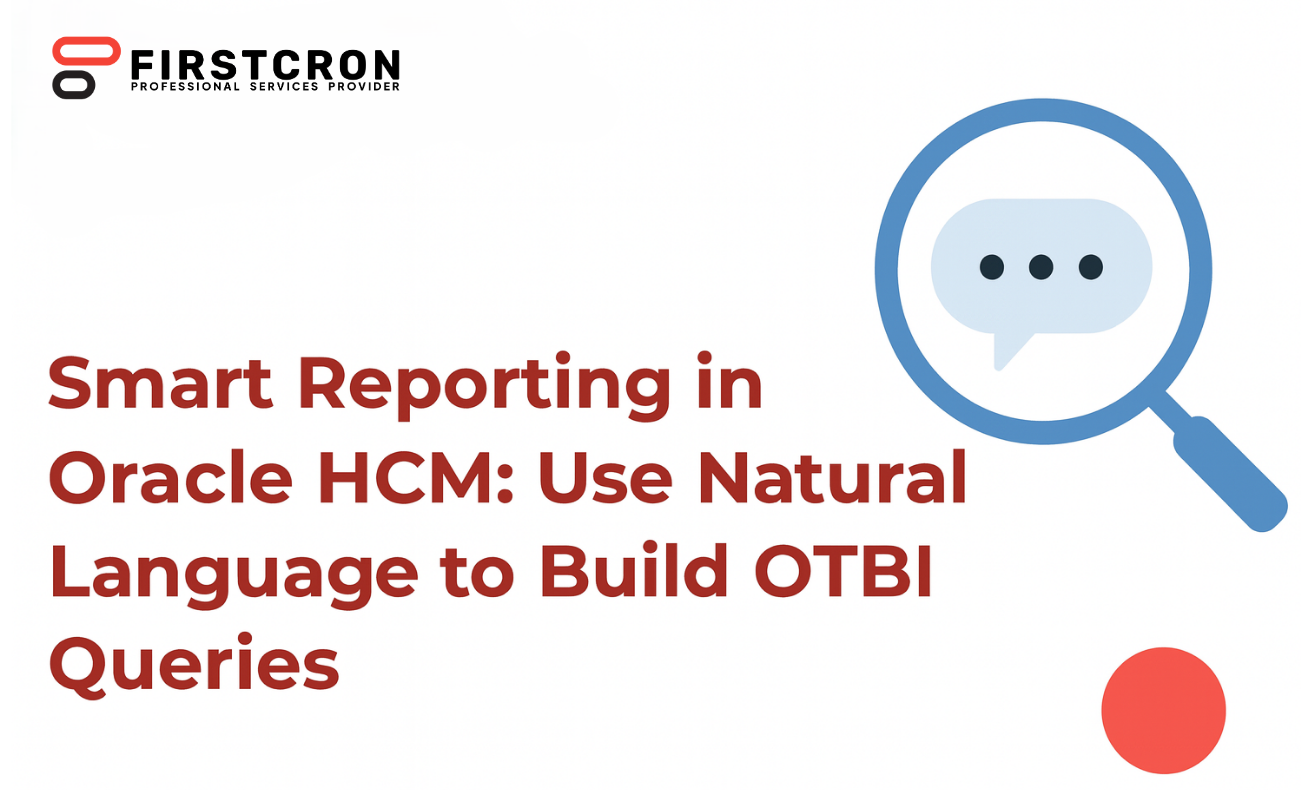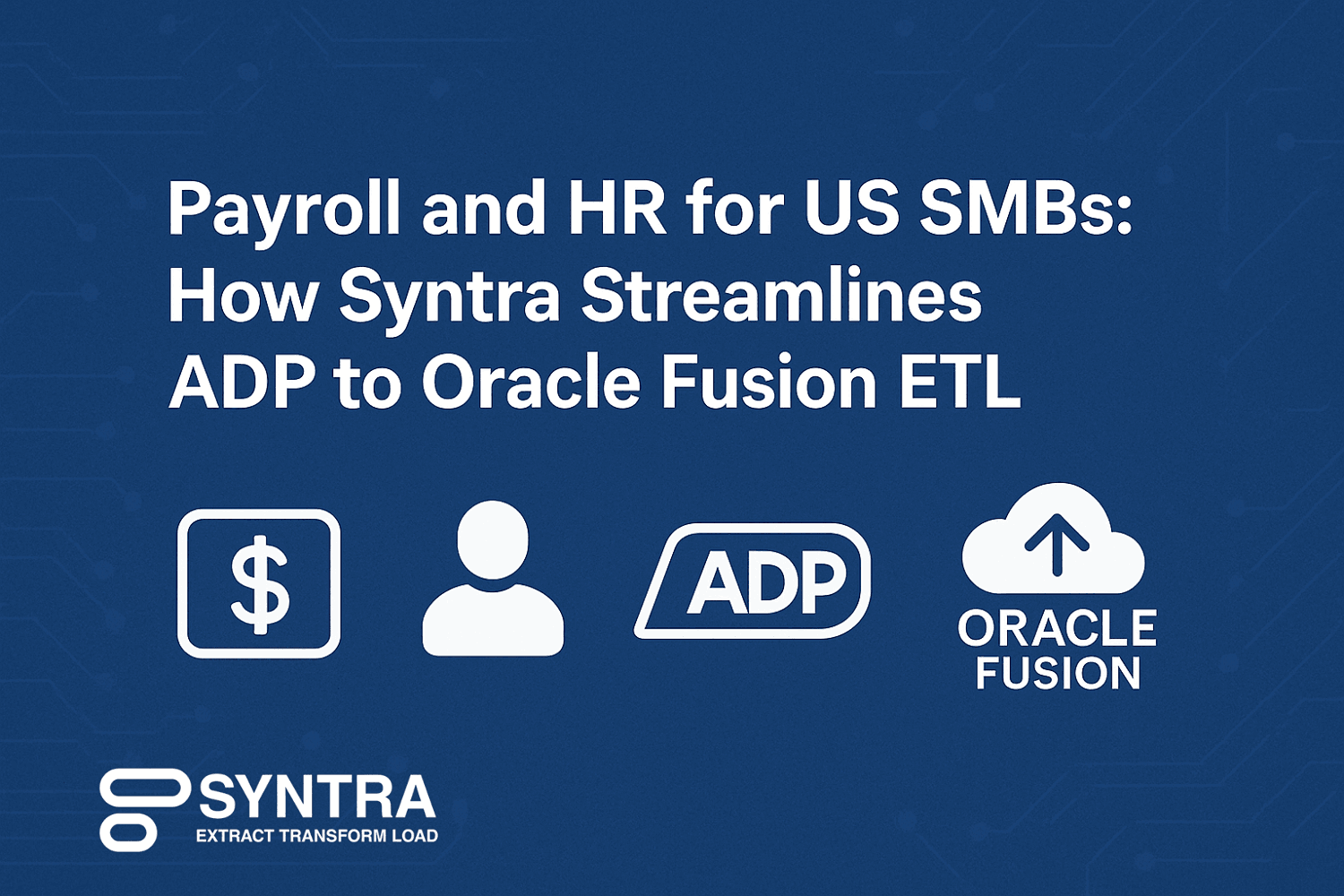
For small and mid-sized businesses in the United States, payroll and HR data accuracy is critical. Many organizations use ADP for core HR and payroll while relying on Oracle Fusion for enterprise resource planning, reporting, and downstream financial processes. The movement of employee records, compensation details, and payroll costing from ADP into Oracle Fusion is often handled manually or via partially configured integrations. These processes can become inaccurate, slow, or inconsistent when there are multiple source files, varied pay structures, frequent payroll adjustments, or evolving compliance requirements.Syntra has emerged as a specialized ETL solution designed specifically to extract, transform, and load core HR and payroll data from ADP systems into Oracle Fusion. Rather than requiring businesses to stitch together custom scripts or rely on manual spreadsheet handling, Syntra automates the full data pipeline. It simplifies transformation rules, reduces data preparation time, and allows clean loading of information into Oracle Fusion. This is particularly powerful in the US SMB segment, where teams need fast implementation, lean support, and repeatable processes that avoid unnecessary complexity.
In this blog we’ll cover
Why Syntra Is A Fit For US SMB Payroll And HR
US SMBs typically face more resource constraints than large enterprises. Their HR and finance teams often wear multiple hats and do not have dedicated integration or data engineering staff. Payroll cycles happen weekly, bi-weekly, or semi-monthly, leaving little room for mistakes or long remediation windows. Syntra focuses on this segment by providing a guided ETL approach that does not require deep technical resources. It bridges the data complexity between ADP’s file structures and Oracle Fusion’s object model, reducing both effort and risk.
Syntra automates extraction of employee master data, job assignments, compensation, deductions, taxes, element entries, and costing details from ADP. Once extracted, the tool performs structured transformations that align fields, formats, and object relationships to match Oracle Fusion requirements. By supporting validation early, Syntra helps users avoid errors at the loading stage. The final load into Oracle Fusion can be scheduled or triggered as part of payroll cycle preparation, allowing recurring, dependable synchronization without repeated manual work.
Key Transformation Objects That Save Time And Effort
Transforming data correctly before loading into Oracle Fusion is the most critical part of payroll and HR integration. The following areas require consistent mapping, format adjustments, and validation:
1. Worker and person data including social security number formatting, addresses, status flags, and demographic fields
2. Job and position assignments which need alignment to Oracle Fusion work structures and business unit configurations
3. Compensation elements such as earnings, allowances, and overtime that must map to the proper element entries in Oracle Fusion
4. Deductions and benefits where code translation is required to match Oracle standards and cost segment structures
5. Tax details covering withholdings, jurisdictions, and federal or state rules that must integrate cleanly with Oracle payroll objects
6. Payroll costing segments such as cost centers, departments, and natural accounts that feed downstream financial modules
7. Balances and year to date adjustments which must be validated when employees are transferred or retroactive corrections occur
8. Pay frequency and payroll period data ensuring alignments between ADP cycles and Oracle Fusion payroll calendars
By handling these eight object categories, Syntra reduces the common friction points that cause payroll upload failures, incorrect costing, and last-minute patchwork fixes.
Typical Workflow And Responsibility Reduction
Without an automated tool, HR or payroll teams often spend hours downloading ADP reports, cleaning spreadsheets, manipulating fields, applying code maps, and formatting columns to Oracle Fusion’s load templates. Syntra replaces those steps with guided extraction jobs and reusable transformation logic. Validations detect missing values, duplicates, incorrectly formatted fields, or unsupported codes before the final load. This prevents the most common errors that lead to payroll holds, rejections by Oracle, or differences in employee records across systems.
The benefit for US SMBs goes beyond efficiency. When the load process is predictable and validated up front, payroll cycles become smoother. Managers can close payroll on time, handle retro adjustments, and meet compliance checks. HR and finance teams can focus on analytics and planning instead of correcting integration issues. The repeated scheduling or on-demand triggering of Syntra jobs also makes onboarding new employees or maintaining year-end updates far less labor-intensive.
Data Mapping Table
To clarify how transformation plays out, the table below gives a sample view of how some common ADP fields map into Oracle Fusion objects.
| ADP Source Field | Transformation Action | Oracle Fusion Target Object |
|---|---|---|
| Employee ID | Normalize format and validate digits | Person Number |
| Earnings Code | Map to predefined element name | Element Entry |
| Deduction ID | Translate to Oracle deduction element | Payroll Element |
| Cost Center Code | Align to business unit segment | Costing Combination |
| Federal Withholding | Standardize jurisdiction identifiers | Tax Withholding |
| Pay Group | Associate with payroll calendar | Payroll Definition |
This simplified view reflects only part of the transformations Syntra handles but illustrates the structured mapping that saves time.
Advantages Of An Automated ETL Layer
Syntra delivers value in several ways that matter to SMB environments. Automation removes manual manipulation, which reduces human error and rework. Built-in mapping rules accelerate deployment and allow quick updates when ADP or Oracle make structural changes. Validation ensures data integrity upstream, which means payroll errors are caught before they become compliance issues or require retroactive fixes. Repeatable loading processes mean the same rule set can run every payroll cycle confidently.
Syntra also helps standardize data presentation. If an SMB is growing through acquisitions or adding new cost structures, the tool can quickly integrate variations in earnings codes, deductions, or business units. That avoids scrambling to edit spreadsheets or rebuild templates every time there is an organizational change.
Time And Effort Reduction With Syntra
The core value of Syntra lies in the compression of time spent on data preparation. HR or finance teams typically cut their transformation steps significantly when mapping rules are applied automatically. Troubleshooting is easier because Syntra identifies issues early and provides context around which field, employee, or code is invalid. Load failures are reduced, which means fewer off-cycle corrections and less reliance on technical support.
In practical terms, this means weekly, bi-weekly, or monthly payroll cycles can run with fewer interruptions. Employees receive accurate pay on time, managers can track costs reliably, and finance teams can close the books without last-minute adjustments. Over months, the reduction in manual effort adds up to hours saved each payroll period and far fewer late-night fixes.
Conclusion
For US SMBs, the combination of ADP as the payroll platform and Oracle Fusion as the enterprise system is powerful yet complex to connect. Syntra was built to streamline this connection with a focused ETL approach. It extracts comprehensive HR and payroll data, applies structured transformations across critical objects, and loads clean results into Oracle Fusion with validation and repeatability. This saves time, eliminates manual rework, and allows HR and payroll teams to focus on value-driven tasks rather than spreadsheet adjustments.
As businesses grow, data volumes increase and the need for dependable integrations becomes stronger. Syntra removes the friction points that slow payroll cycles or produce reporting errors. By automating key transformations—such as earnings code mapping, tax handling, costing assignments, and employee master data alignment—Syntra enables SMBs to handle payroll and HR operations with confidence and consistency. In a landscape where every hour matters and compliance cannot be compromised, having a tool that seamlessly bridges ADP and Oracle Fusion can transform how payroll and HR are managed.
Tags
Related Post
Navigating Oracle Fusion HCM & Payroll Patch 25C: Key Issues And Solutions For UK Local Councils
July 26th, 2025 10 min read
7 Reasons Why Companies Are Moving From Taleo To Oracle Recruiting Cloud
June 2nd, 2025 14 min read
7 Proven Oracle Fusion Testing Principles To Guarantee Defect-Free Cloud Deployments
May 16th, 2025 15 min read
Navigating Oracle Fusion HCM & Payroll Patch 25A: Key Considerations For UK Local Councils
July 27th, 2025 10 min read
Driving Compliance And Security With Smart Testing In Oracle Fusion
June 5th, 2025 9 min read
WEEKEND READS
Navigating Oracle Fusion HCM & Payroll Patch 25C: Key Issues And Solutions For UK Local Councils
July 26th, 2025 10 min read
7 Reasons Why Companies Are Moving From Taleo To Oracle Recruiting Cloud
June 2nd, 2025 14 min read
7 Proven Oracle Fusion Testing Principles To Guarantee Defect-Free Cloud Deployments
May 16th, 2025 15 min read
Navigating Oracle Fusion HCM & Payroll Patch 25A: Key Considerations For UK Local Councils
July 27th, 2025 10 min read
Driving Compliance And Security With Smart Testing In Oracle Fusion
June 5th, 2025 9 min read
How End-to-End Testing Of Oracle Fusion Enhances Operational Efficiency In Banking
May 23rd, 2025 11 min read
Learning And Talent Management With Cornerstone OnDemand
October 10th, 2025 17 min read
Smart Reporting In Oracle HCM: Use Natural Language To Build OTBI Queries
August 17th, 2025 20 min read
Data Migration Best Practices: From Taleo To Oracle Recruiting Cloud
May 28th, 2025 13 min read







